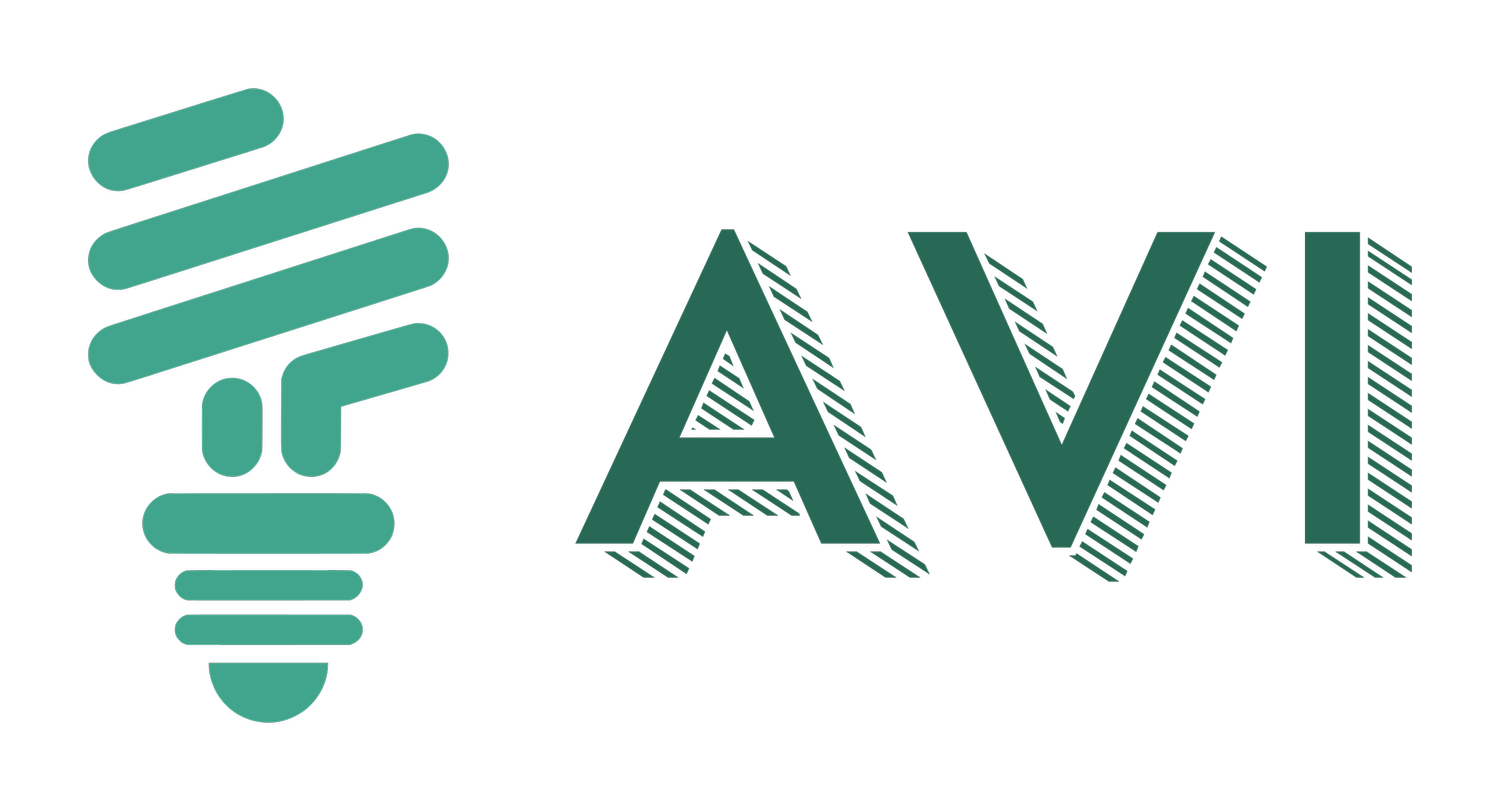Connected Listening in Data Science
A data scientist functions as a consultant in a lot of ways. My role in a larger organization is to advise product stakeholders, as well as provide quantitative reasoning to influence key business decisions.
For those reasons, the bar for communication is a big factor that sets data science apart from software engineering. And a big part of that is the ability to engage in connected listening.
I want to dive into what that actually entails, and why it matters as an analytics professional.
What They Aren’t Saying
The objectives of a data science project are often ill-defined, and stakeholders aren’t always able to elucidate the precise goal.
Connected listening is about hearing not just with the head and ears, but also with the heart. There’s more than just hearing the words in a conversation. It’s about reading between the lines, and hearing the emotions and the energy behind those words. Approaching listening from a human perspective, rather than a logical, pop-quiz perspective. As abstract as it sounds, energy doesn’t lie.
I’ve been in tech for several years now, and I’ve allowed myself to become calculating and analytical in the process. While those are valuable skills, they’re no substitute for human connection. After all, the only things that will follow robots are other robots.
Listening to the emotion can go a long ways towards not only defining the root goals, but also what are the rights questions to ask, as well as offering more pertinent.
For instance, someone speaking from anxiety would benefit from reassurance, someone speaking from frustration might want to hear more on hard results, and someone speaking from fatigue would benefit from others taking initiative.
Sometimes, the most valuable topic of discussion is the one that people subconsciously avoid; the “elephant in the room.” And there’s opportunity to take the lead in that.
So the next time I’m in a meeting, I want to listen to the emotion, not just the content.
Assumptions
In a data science project, I will rarely be given all the information I need in order to deliver an in-depth analysis or a production-grade machine learning model. I will almost never be given the constraints for a data project in numerical form, which is ultimately what’s required at the computing level.
Often times, I will need to make my own assumptions in order to fill in the blanks. Those can be assumptions about the design goals or about the behavior of the underlying data.
A data scientist should serve as a leader on the team. And that often means declaring the assumptions behind a project. That by itself is quite daunting, especially because different assumptions can be made based on different underlying interests.
And that’s where connected listening comes in. A better understanding of underlying interests contributes to better intuition, which leads to better assumptions.
Storytelling
At the end of the day, the role of a data scientist is to figure out what is going on at a quantitative level with a project, a product, or an organization; and that means being able to tell a story. Data is just a tool towards that end.
A lesson I learned early in my career as a data scientist is that the communication is about that story more than it is about a data dump of various insights.
And like with all stories, it should have a moral. And connected listening is key to defining what type of moral the story should have.
For instance, is the moral about ROI, or is it more on creating new business opportunities, or even just learning new patterns?
In many cases, the story takes the form of a hypothesis, which is essentially a model for how the world works. And a story built on connected listening can make the difference between that model being met with skepticism vs. curiosity.
Frankly, the numbers are the most boring part of the job. The most exciting part, on the other hand, is extracting valuable insights and spread the wisdom across the company; to be the driver of new rules of thumb.
